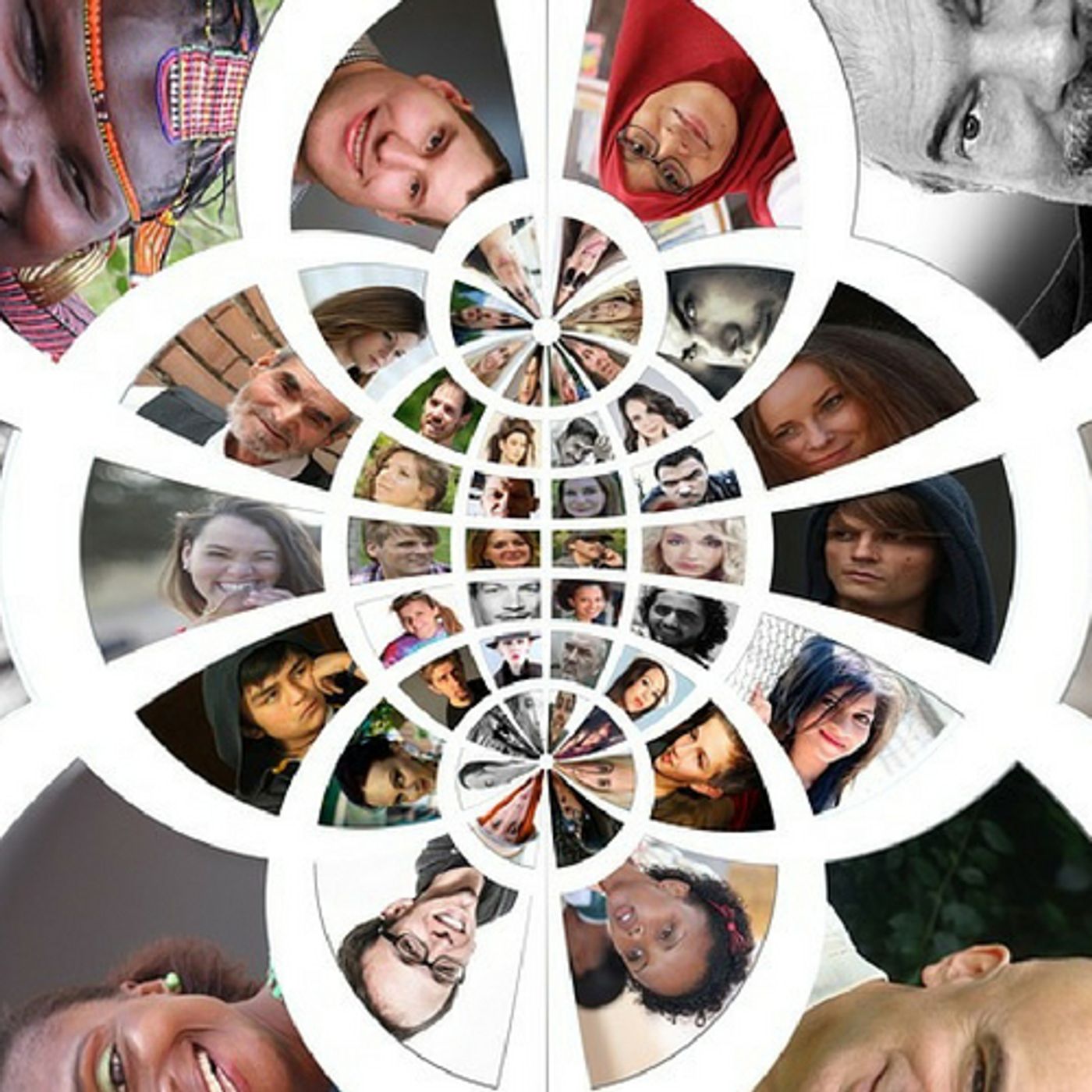Can Brain Activity Reveal Friendship Status?
“Birds of a feather, flock together” is a saying that tells us those with common interests will tend to associate with one another. Friendship though is a bit different than just being part of a common group or organization. Friends bond over experiences and time spent together, but new research shows that we share more than good times with our friends, we actually share brain patterns and neural responses.
A study by scientists at UCLA and Dartmouth looked at fMRI scans (fMRI imaging is functional, it’s a scan taken while a person is doing something cognitively, whether viewing images, hearing music or completing a mental task) and found that neural activity was similar in friends versus in people who are only acquaintances.
While there is a theory of six degrees of separation and anyone can be connected to anyone else, somehow, the researchers in this study were actually able to predict, based on MRI scans which participants were friends, which were associated through “friends of friends” and finally, which individuals were three degrees removed (friends-of-friends-of-friends.) The scans were taken while study volunteers were watching video clips. Everyone watched the same clips, and the MRI images recorded the neural activity. It’s the first study to look at brain activity as it relates to real-world social circles.
Lead author Carolyn Parkinson is an assistant professor of psychology and the Director of the Computational Social Neuroscience Lab at UCLA. The study was conducted at Dartmouth when she was a postdoctoral fellow in psychological and brain sciences. She explained, “Neural responses to dynamic, naturalistic stimuli, like videos, can give us a window into people’s unconstrained, spontaneous thought processes as they unfold. Our results suggest that friends process the world around them in exceptionally similar ways.”
The study worked with a cohort of 280 graduate students. The students reported social ties to the investigators who came up with estimates on the “social distances” between pairs of students based on the information. Forty-two of the students were then asked to watch a series of video clips while undergoing a fMRI scan. The videos were on several different topics including science, music, politics, and comedy. The videos were chosen to elicit a variety of responses and patterns of brain activity that could be recorded. Each student watched the same group of video clips in the same order. When the researchers looked across the data of social distance, friendship pairs and neural activity they found that patterns of brain activity were most similar among friends and this correlation existed across different brain regions. For example, emotional responses are processed in one part of the brain, while tasks involving high-level reasoning happen in another area.
The team crunched the numbers to control for similarities in gender, dominant handedness, ethnicity, and age, and still, neural patterns were most similar among the pairs who were friends. The data could even predict the social distance of pairs and whether it was a strong friendship or a third-degree acquaintance. The team built this study to advance work they had done previously which showed that when you see someone you know, the brain automatically processes how important that person is in your social circle. For the next step in the research, the investigators want to see if we naturally fall in with people who we perceive as similar to ourselves, or if friends start to think similarly after knowing each other and sharing experiences together. It’s possible it’s a combination of those factors and others as well. Check out the video learn more about the study and what it tells us about our social ties.
Sources: Dartmouth, Nature Communications, LA Times









